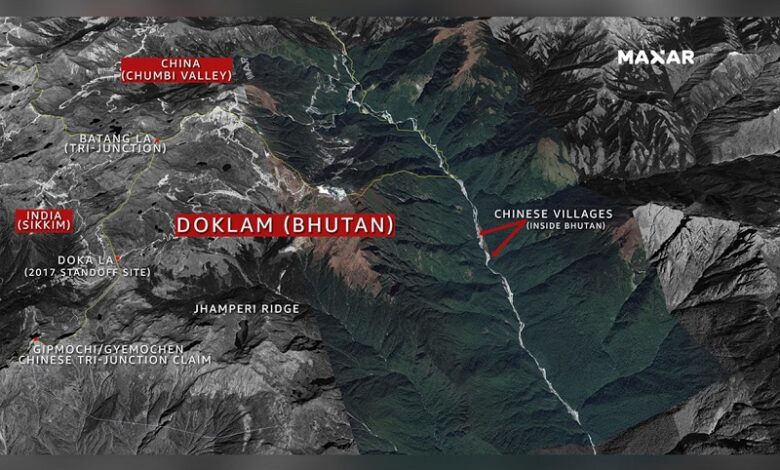
External Affairs Minister S. Jaishankar addressed China’s recent cartographic maneuver, which included asserting control over Arunachal Pradesh and Aksai Chin in its new map. In a conversation with NDTV, Jaishankar remarked, “It’s an old habit of theirs. These (territories) are very much part of India. This government is very clear what our territories are. Making absurd claims doesn’t make others territories yours.”
China’s claims extended beyond Arunachal Pradesh and Aksai Chin; the newly released map also laid assertive ownership over Taiwan and the South China Sea. Beijing’s declarations include Taiwan as part of its mainland and express the goal of integrating Taiwan with the rest of China—a goal firmly emphasized by Chinese President Xi Jinping.
However, the South China Sea has long been a contentious region, with multiple nations asserting their claims. Vietnam, the Philippines, Malaysia, Brunei, and Taiwan all have competing claims over various areas within the South China Sea.
The Chinese state-run Global Times shared, “The 2023 edition of China’s standard map was officially released on 28th August and launched on the website of the standard map service hosted by the Ministry of Natural Resources,” marking the public unveiling of this latest geopolitical stance.
China’s unveiling of this map comes just ahead of the G20 nations’ summit, scheduled to be hosted by India from September 8-10. Notable world leaders, including US President Joe Biden, French President Emmanuel Macron, and Chinese President Xi Jinping, are expected to attend the event in Delhi.
Recently, Prime Minister Narendra Modi and President Xi Jinping briefly met at the BRICS summit held in Johannesburg. During their interaction, Prime Minister Modi expressed his concerns regarding the substantial deployment of People’s Liberation Army (PLA) forces in East Ladakh. He emphasized that a pathway to normalization necessitates disengagement and de-escalation along the 3,488-kilometer Line of Actual Control (LAC).
Tensions between India and China have remained strained since the clash between their armies in the Galwan Valley three years ago. In the aftermath of this clash, both countries have engaged in 19 rounds of military-level discussions aimed at resolving the issues at hand.
The diplomatic language of the External Affairs Minister underscores India’s unwavering stance on its territorial integrity and sovereignty. The robust response highlights that the government is resolute in safeguarding its borders and asserting its rights against any perceived encroachments.
China’s map assertion is indicative of the ongoing geopolitical power struggle in the region, with countries vying for influence and control. India’s steadfastness in defending its territory underscores its commitment to maintaining peace and stability in the region while advocating for peaceful negotiations to address any disputes.
The approaching G20 summit adds a layer of complexity to the situation. As world leaders congregate, India has an opportunity to address these concerns on a global platform and rally international support for its stance. The participation of President Xi Jinping in the event carries its own significance, as it provides an occasion for discussions amidst rising tensions.
News Mania Desk / Agnibeena Ghosh 30th August 2023






